Anna Kristjánsdóttir is a legend in Iceland. She was the first trans woman to talk about her gender correction in the local media and was for decades very visual in the fight for equal rights for trans people. Anna has blogged about her experience as a trans woman for years but now – finally – her story has been made into a book ,’Anna – as I am’ (Anna – eins og ég er) which has just been released.
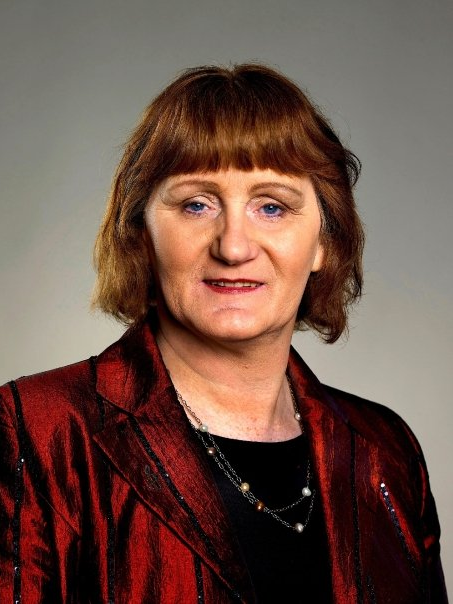
GayIceland contacted Anna to ask about the book and the first question was what she meant by the statement that in the book she was coming to terms with the past – not the present.
“I’m dealing with a difficult childhood and youth as well as the first years after I moved back to Iceland after the gender correction process in Sweden. Apart from that it’s just like any other biography. It’s not a detailed description of every ship I’ve worked on or every day I’ve gone through, it’s more an index of my life. There are a lot of things unsaid in this book, which some people might think should be there, but lot’s of talk about other issues that others might find unnecessary to talk about.”
Do you think there is something in the book that will surprise people, especially the people who know a bit of your story?
“I really can’t imagine anyone will be surprised. I’ve always been a fairly open person and never been afraid of speaking out about both people and subjects. Here on the other hand my life is gathered in one book instead of appearing in my blog or on Facebook.”
“There was no support. Rather the opposite if anything, since trans people were perceived as some kind of freaks. Most people had no idea what being trans meant and were afraid of ‘the unknown’.”
It’s been 23 years since you first appeared to the nation, as the first trans woman to go public, in an interview published in the magazine New Life (Nýtt líf) in 1994 and caused quite a stir. Since then you have in interviews described the prejudice that you experienced in Iceland as a result of that interview. Why did you decide to deal with the past now?
“I was actually not the first Icelandic trans woman. I was, on the other hand, the first trans woman in Iceland to go public and talk about my experience. Now I’m old enough so it’s less likely that my experience, my story, will hinder me from getting a job, for example.”
But talking about the past, what was it like to be a trans woman in Iceland in 1994? For example, did the public know anything about trans issues? What was the health system like when it came to them? What was the general attitude towards trans people like?
“In 1994 I actually lived in Sweden and had been living there since 1989. At that time I did not have another choice than to move abroad if I wanted to undergo the gender correction process. Both Norway and Denmark declined my application to start with, partly because of very strict limitations for going through the process.
The public in Iceland did neither know nor understand trans issues at that time and the same goes for the health system, with the exception of a few individuals within it.”
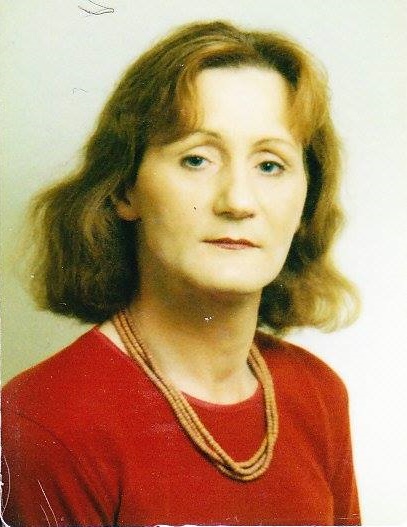
Was there any trans community in Iceland at that time?
“No, there was no trans community in Iceland before I moved abroad in 1989. Our best ally, if you can call it that, was The National Queer Organisation, Samtökin ’78, that had been founded a few years before. But gay people had enough to deal with fighting for their own rights at the same time. Many gay people within Samtökin ’78 were very supportive of me personally and it was there that I first peeped out of the closet in 1984, but it was only a little peep as the prejudice against gay people was fierce and I did not have the guts to see how prejudiced people would be against trans people. So I didn’t dare to come out in Iceland at that time.”
When you moved back home to Iceland from Sweden in 1996 after the gender correction was there a huge difference in the attitude and understanding of Icelanders?
“There was huge difference between those two countries. Within the health system in Iceland there was hardly any understanding of trans issues and some of the psychiatrists wanted to lock me up when I asked them for help. It was not until the psychologist Sölvína Konráðs contacted more open-minded psychiatrists that things started moving in Iceland, but never enough to affect the health system.
In Sweden on the other hand there were several teams to help trans people within the health system but the system moved very slowly and there were really few people who were allowed undergo the gender correction process.”
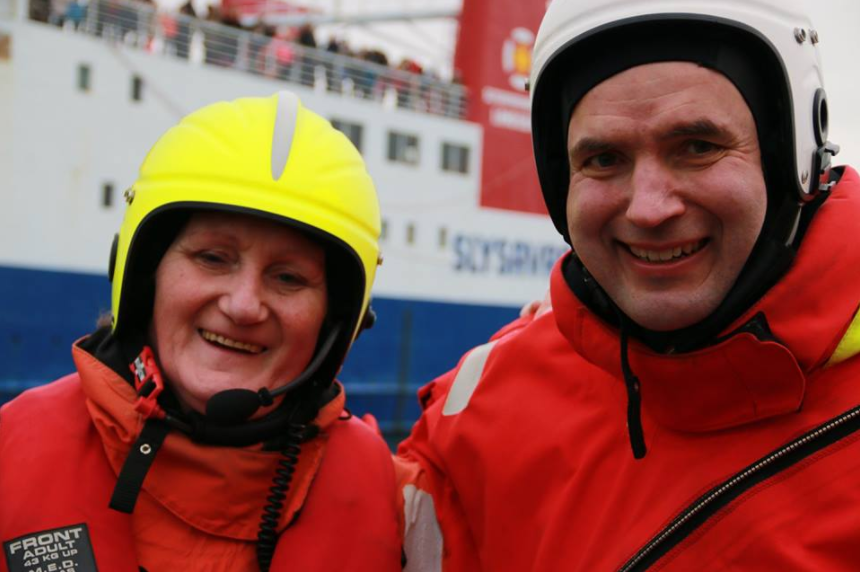
For many years, you were the front-person in the fight for equal rights for trans people. What were the biggest issues you had to fight for?
“To say that I was a front-person for equal rights for trans people in Iceland is hardly right. It was more like I was ‘the only trans in the village’ after I moved back home in 1996. There were very few of us and most of the people were in hiding or at least not willing to be in the spotlight.
What were the biggest issues trans people had face? Well, almost everything. No one had gone through the gender correction process. There was no support. Rather the opposite if anything, since trans people were perceived as some kind of freaks. Most people had no idea what being trans meant and were afraid of ‘the unknown’.”
It must have been difficult, did you ever consider moving back to Sweden?
“Yes, I almost moved back there a few weeks after I moved home in the summer of 1996, as I did not seem to be able to get a break anywhere, no work and no unemployment benefits, even though I had paid to their fund for many years before I moved to Sweden.
Finally I was offered a temporary position on a trawler in the Eastfjords and after that I was accepted again in the Icelandic job market.”
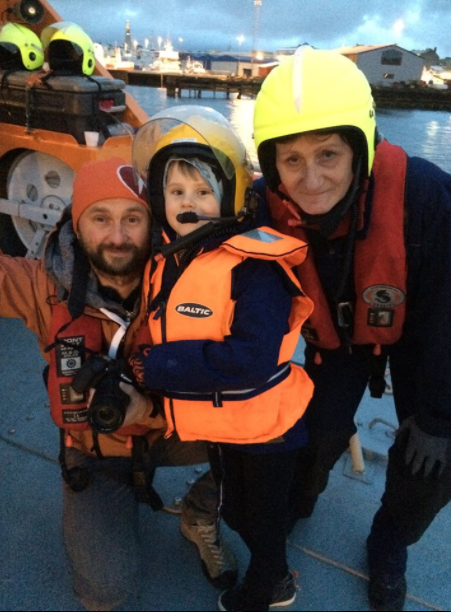
“Within the health system in Iceland there was hardly any understanding of trans issues and some of the psychiatrists wanted to lock me up when I asked them for help.”
When did things start to move in the right direction here in Iceland? Was there any specific turning point?
“It’s not possible to be the only person fighting for a cause. One person fighting injustice is like being the voice of one calling in the desert and the results mirror that. It was not until Anna Jonna came to Iceland in 2005 and started going public that things started moving. Then other people followed and that made the fight easier.”
You were one of the people who founded Trans-Iceland in 2007. Are you still active in the fight for equal rights?
“With the founding of the association and new people on the board there was less need for me to be active. I was though on the board of Transgender Europe until 2008 and reviewed their accounts til 2012 when I formally stopped taking part in the fight for trans rights. I have been a part of some of their activities since then but never as a member of the board.”
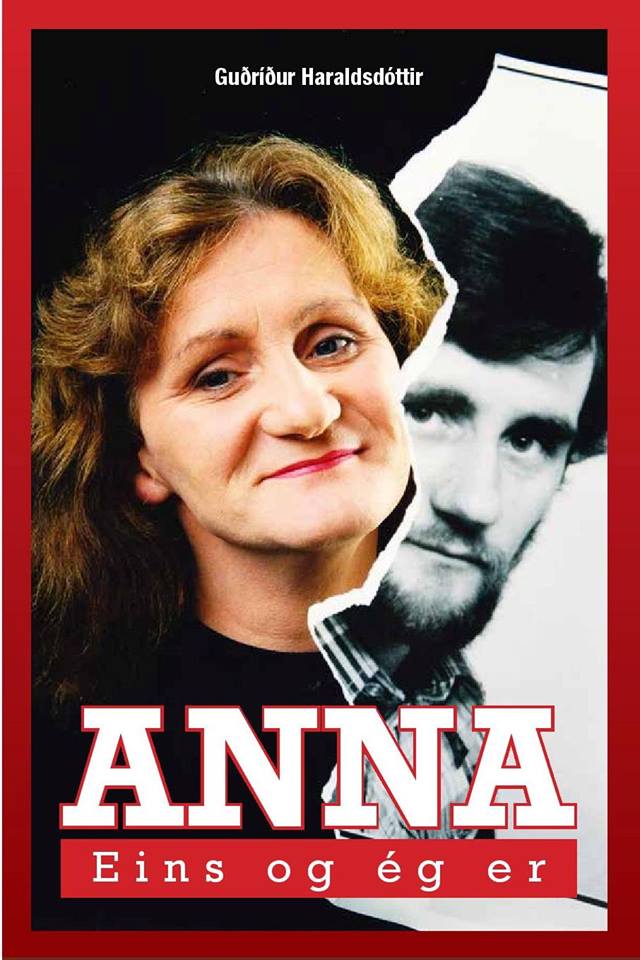
What would you say are the most urgent trans issues to fight for in Iceland today?
“It’s not my place to decide what it’s necessary to do next. Let the young people decide that. I have no intention to run the campaign from behind the curtains. I decided not to be on the board of Trans Iceland when it was founded, so it would not be possible to put an equal sign between the campaign of trans people and my person.”
You said in an interview a few years back that you had written a book about your experience as a trans person but nobody wanted to publish it, what changed?
“I had written a few points down a long time ago, but soon realised that I was not critical enough of myself to be able to write an autobiography. Sometimes I was contacted by someone who wanted to write my story, but two things prevented that from happening. I am a very stubborn person and difficult to be around and besides that nobody was interested in publishing such a book, so my story was hidden in a drawer for several years. It was not until late last winter that the publishing company Hólar contacted the well-known journalist Guðríður Haraldsdóttir and asked her to write my story that it finally happened, and now the book has been released.”
Photos: Courtesy of Anna Kristjánsdóttir.


